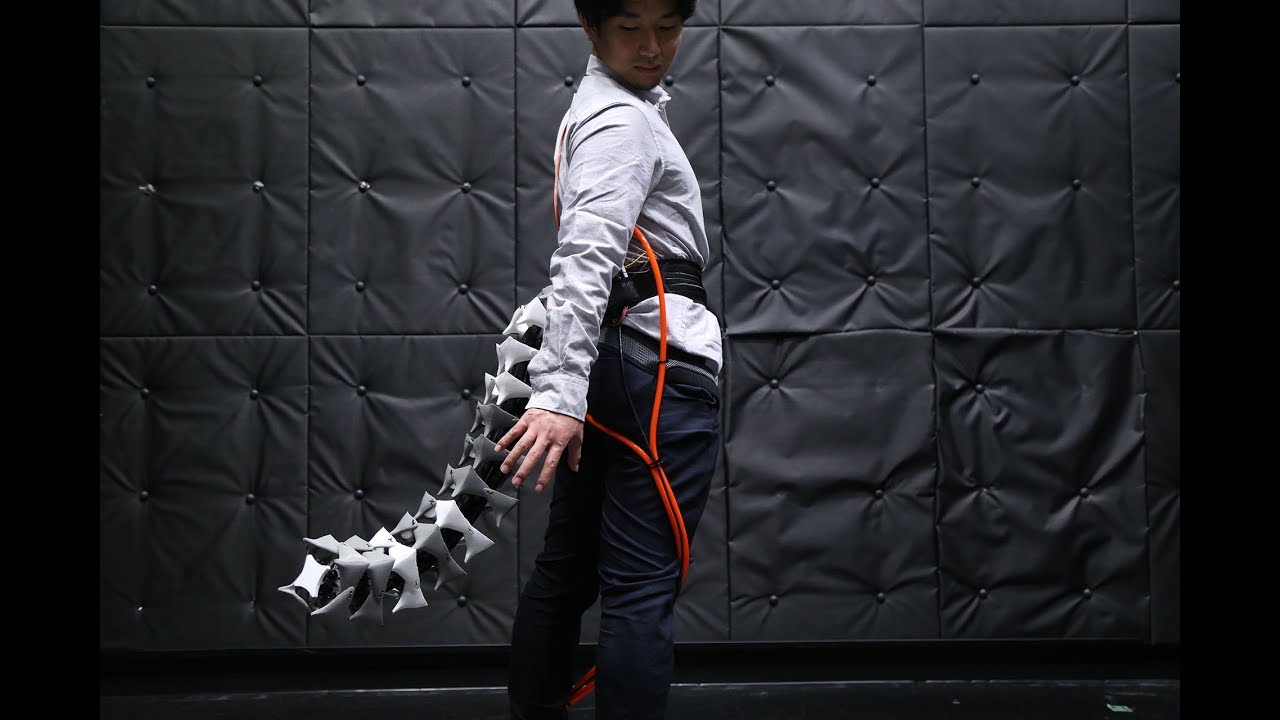Here’s a scenario for you to consider; jumping from tree to tree using a tail that is capable of clinging to branches and tree trunks while offering you enhanced balance simultaneously. This is the end-game for Arque – a biomimicry-inspired tail that has been based on vertebrate animals’ passive applications of their tails such as monkeys and dogs.

Wearable gadgets such as tails and hands have been in the market for quite some time now. They are undergoing regular updates and enhancements. Arque comes from a group of Japanese scientists from Keio University in Japan. Arque has been built using the model of a seahorse’s tail. The purpose is to enhance the balance and movement of the user.

The primary reason behind creating Arque is to improve movement and balance while the user is moving large objects or balancing the bodyweight while the user attempts to reach items that are heavy and placed at a height. Arque will prove to be extremely beneficial for the elderly who suffer from limited balance and mobility.

It has been designed as a wearable pneumatic tail that can be adjusted in terms of height, weight, and width to fit any kind of human body. It makes use of compressed air along with four artificial muscles that have been embedded into itself for moving around according to the needs of the user. As of right now, it executes its functions by being attached to an air compressor that pumps the vertebrate with air and pushes them to move in the right format.
Each vertebra of Arque is adjustable and removable, thus allowing the accommodation of various heights and weights. It also comes with an adjustable belt buckle, thus allowing for a snug fit onto the human body. It is supposed to function as a free fitting tail in the future. The researchers are also hopeful that it could be used in virtual reality environments as well.


